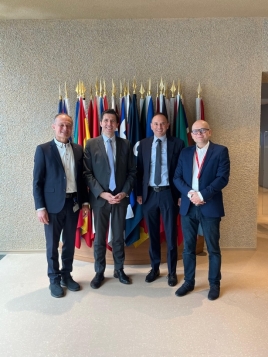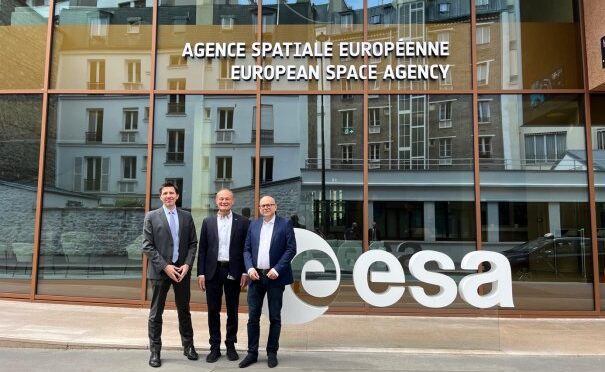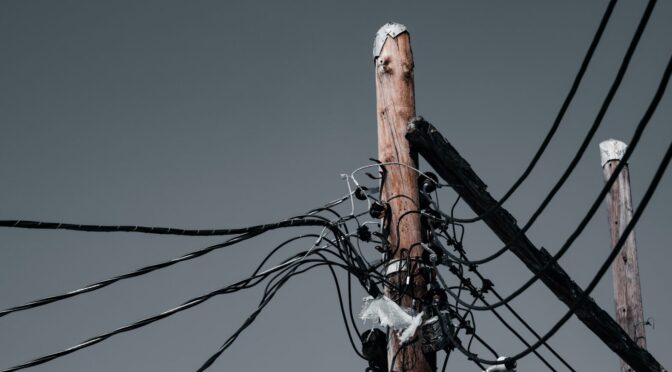Imagine a world where high-speed 5G doesn’t stop at the end of a fibre line, but continues seamlessly across mountains, oceans, and rural blackspots—delivered straight from space. That’s the vision behind a new partnership between Constellation Technologies & Operations (CTO) and the European Space Agency (ESA), who are set to trial Europe’s first 5G mmWave payload in low Earth orbit.
The Mission: Making 5G Truly Universal
In an agreement signed this May at ESA HQ in Paris, CTO and ESA have announced a joint effort to launch a “regenerative” 5G payload aboard a satellite scheduled for June 2025. This Early Test represents Europe’s first real-world demonstration of a 5G infrastructure designed and built on the continent.
Unlike conventional satellite relays, this payload will process signals directly in orbit. The result? Reduced latency, increased efficiency, and seamless interoperability with ground-based 5G networks. Think of it as a space-based extension of mobile infrastructure.
Why This Matters
Space-based connectivity is currently dominated by American and Chinese ventures. CTO offers a credible European alternative: a neutral, shared, and independently operated satellite network that empowers telecom operators to extend their services without surrendering control or investing in expensive infrastructure.
The potential impact is enormous. This technology could bring fast, reliable internet to remote communities, disaster zones, and other underserved areas—complementing terrestrial networks and filling in the gaps where traditional infrastructure falls short.
How It Works
The test payload will operate using telecom operators’ 5G FR2 mmWave spectrum. CTO’s future constellation, planned for Very Low Earth Orbit (VLEO), is designed for high-speed, low-latency communication. Working with ESA’s ECSAT facility in Oxfordshire, this trial is a crucial step in proving Europe’s capability to lead in next-generation satellite communications.
CTO’s model allows telecom operators to leverage their existing 5G spectrum in space, offering a scalable solution that complements fibre and mobile networks without the need for ground-based towers in hard-to-reach areas.
What They Said
Charles Delfieux, CEO of CTO, commented: “This alliance with ESA reflects a shared ambition: to build a competitive European sovereignty in space connectivity, powered by bold technology designed and developed in Europe. We’re proving that it’s possible to compete on a global scale without compromise—giving telecom operators back control over their future in space.”
Laurent Jaffart, Director of Connectivity and Secure Communications at ESA, added: “This agreement aligns with ESA’s strategy to support the rise of innovative European players and jointly build resilient connectivity. The upcoming tests with CTO will pave the way for new hybrid use cases at the intersection of terrestrial and space networks.”

What’s Next
The satellite launch planned for June 2025 marks just the beginning. CTO and ESA are already collaborating on future in-orbit testing campaigns and knowledge sharing to maximise the impact of this project.
A European Vision, Global Potential
With its bold approach to hybrid connectivity, CTO aims to reshape the telecommunications landscape. This is more than just a technical trial—it’s a strategic move to establish European leadership in space-based internet services and offer a compelling global alternative to today’s dominant players.
Stay tuned to The Gadget Man as we follow this pioneering initiative. With space now firmly on the telecom agenda, the future of connectivity is looking skyward.
More Information:
www.constellation.global
www.esa.int
Images courtesy of ESA / CTO


